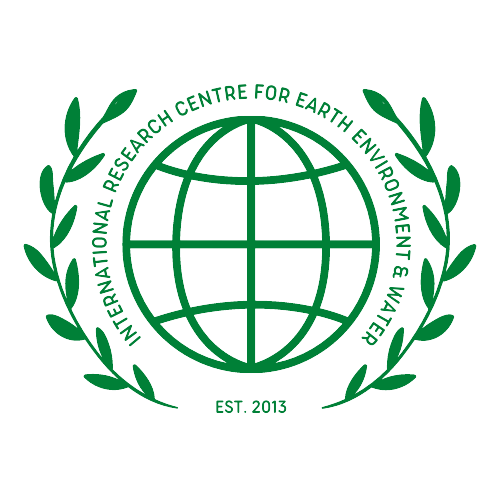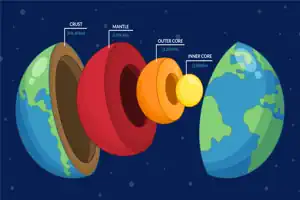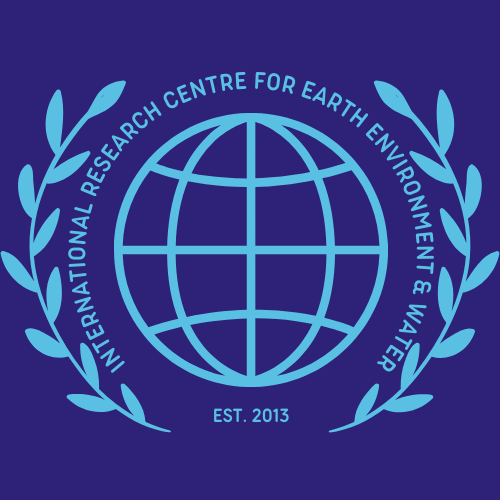Internal Structure of Earth
Introduction
The Earth comprises four layers: the crust, mantle, outer, and inner core. The crust is the outermost layer of Earth and mostly solid, although some parts are semi-solid (like magma). The mantle is a semi-solid layer beneath the crust where volcanic activity occurs. The outer core is a liquid metal surrounding the inner core, consisting of solid iron crystals.
Four Layers of Earth
The interior of the Earth is divided into four layers: the crust, mantle, outer core and inner core. The crust is Earth’s outermost layer and comprises about 30% of its volume. It is composed mainly of silicate minerals such as feldspar and quartz, rich in aluminium (Al) and silicon (Si). Most rocks found on land are made up primarily of these two minerals. The mantle comprises around 68% or more of Earth’s volume, mainly of iron-rich minerals like olivine that form 10 and 100 km below Earth’s surface. The innermost core lies at approximately 5100 km deep within our planet’s heart, where pressures reach over 150 million times sea-level atmospheric pressure!
Crust (Outermost Layer)
The crust is the outermost layer of Earth. It forms a thin shell (about 5-10 km thick) over the mantle, making up about 31% of Earth’s volume. The crust is composed of rock and minerals, but it has some unique properties that make it distinct from the mantle and upper part of the lithosphere:
- The crust is solid due to its high temperature (above 300 °C).
- The crust can be brittle if it’s cold enough; in other words, it’s too cold for rocks to deform plastically.
- Rigid when cold and brittle; however, at temperatures above 300°C, rocks deform ductilely by flow instead of breaking apart as glass does.
The formation process for continental crust differs in two ways from oceanic crust: 1) continental material formed much faster than oceanic material because continental plates are denser than oceanic plates; 2) there was little or no water present during continent formation, so they aren’t made up mainly of hydrated minerals like clay minerals found within sedimentary rock on land today.

Core
The core is the densest part of Earth. It is made of iron and nickel and has a radius of around 6,370 km. The outer core is liquid, while the inner core is solid. The inner core’s temperature can get as high as 14,000 degrees Celsius (57,000 Fahrenheit). Its temperature never changes much because it’s surrounded by an insulating layer called a lithosphere consisting of minerals like quartz, feldspar and olivine.
Mantle
The mantle is the deepest layer of Earth, and it’s also the thickest. The mantle is composed of silicate rocks that flow slowly over millions of years, which causes mountains to form. The temperature at the top of the mantle (the lithosphere) is hotter than any other part of Earth—about 1,600°F (873°C).
Lithosphere
The lithosphere is the outermost layer of the Earth. It comprises the crust and uppermost mantle, known as the lithosphere.
The lithosphere varies in thickness from about 100 km (62 mi) under oceanic ridges to 30-40 km (19-25 mi) under continents. The average temperature at the top of the solid earth is around 4 degrees Celsius (39 °F). The temperature varies with depth; it increases with increasing pressure until a depth of about 700 km (435 mi), where it reaches its maximum at 6100 K (8100 °F) and then drops off steadily to zero at a distance between 1300 and 1400 km below land surfaces, depending on whether they are old or young.
The lithosphere also includes all other types of rock that form part of the Earth’s surface, such as sedimentary deposits, volcanic flows/eruptions, and fault scarps.
Asthenosphere
The asthenosphere is the upper mantle layer just below the lithosphere and above the lower mantle. It has a lower viscosity than other regions of Earth’s interior, which means it can flow on geological time scales (millions of years). This makes it essential to understand plate tectonics because it allows plates to slide over without being locked together.
Outer Core
The outer core is made of molten iron and nickel. It’s about 2,200 kilometres thick. The outer core is the hottest part of the Earth, with a maximum of 6,000°C at its core (or 10,000°F). It is also in constant motion—a rotation within itself that creates an electric current around it.
Inner Core
The inner core is solid because of the high pressure and temperature. The inner core is solid because of high pressure. It’s hot because of its temperature but also solid because of its temperature.
Internal Structure of Earth
The internal structure of Earth is composed of four layers. The outermost layer is the crust, which is about 10 to 30 miles thick and floats on top of the mantle. Between these two are a liquid outer core and a solid inner core. The innermost part of the Earth, called its core, makes up more than two-thirds of its volume and primarily consists of iron (Fe). While this part may seem like a solid mass, it behaves like a boiling fluid: It flows slowly in convective currents that generate Earth’s magnetic field.
The mantle surrounds the core and crust; its temperature increases with depth from about 4200 F at its lowest point to about 6000 F near its boundary with the metallic outer core. Above these boundaries lie several thousand miles’ worth of liquid rock known as magma; temperatures there reach up to 12000 F! It’s only under extreme pressure that all this heat remains trapped inside our planet rather than escaping through cracks in its or erupting volcanically onto Earth’s surface.
Conclusion
Knowing the structure of Earth is essential because it helps us understand what our planet is made of and how it works.


